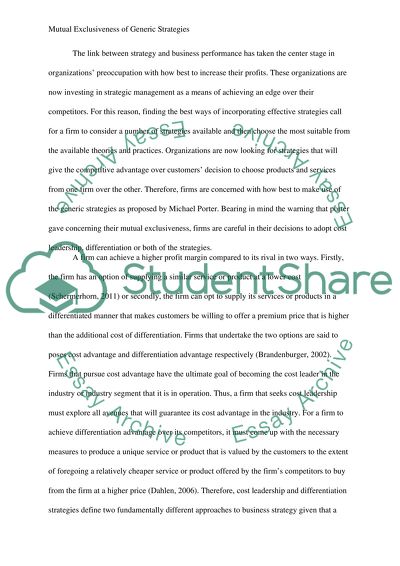Cite this document
(“Mutual Exclusiveness of Generic Strategies Essay”, n.d.)
Mutual Exclusiveness of Generic Strategies Essay. Retrieved from https://studentshare.org/marketing/1488890-mutual-exclusiveness-of-generic-strategies
Mutual Exclusiveness of Generic Strategies Essay. Retrieved from https://studentshare.org/marketing/1488890-mutual-exclusiveness-of-generic-strategies
(Mutual Exclusiveness of Generic Strategies Essay)
Mutual Exclusiveness of Generic Strategies Essay. https://studentshare.org/marketing/1488890-mutual-exclusiveness-of-generic-strategies.
Mutual Exclusiveness of Generic Strategies Essay. https://studentshare.org/marketing/1488890-mutual-exclusiveness-of-generic-strategies.
“Mutual Exclusiveness of Generic Strategies Essay”, n.d. https://studentshare.org/marketing/1488890-mutual-exclusiveness-of-generic-strategies.


